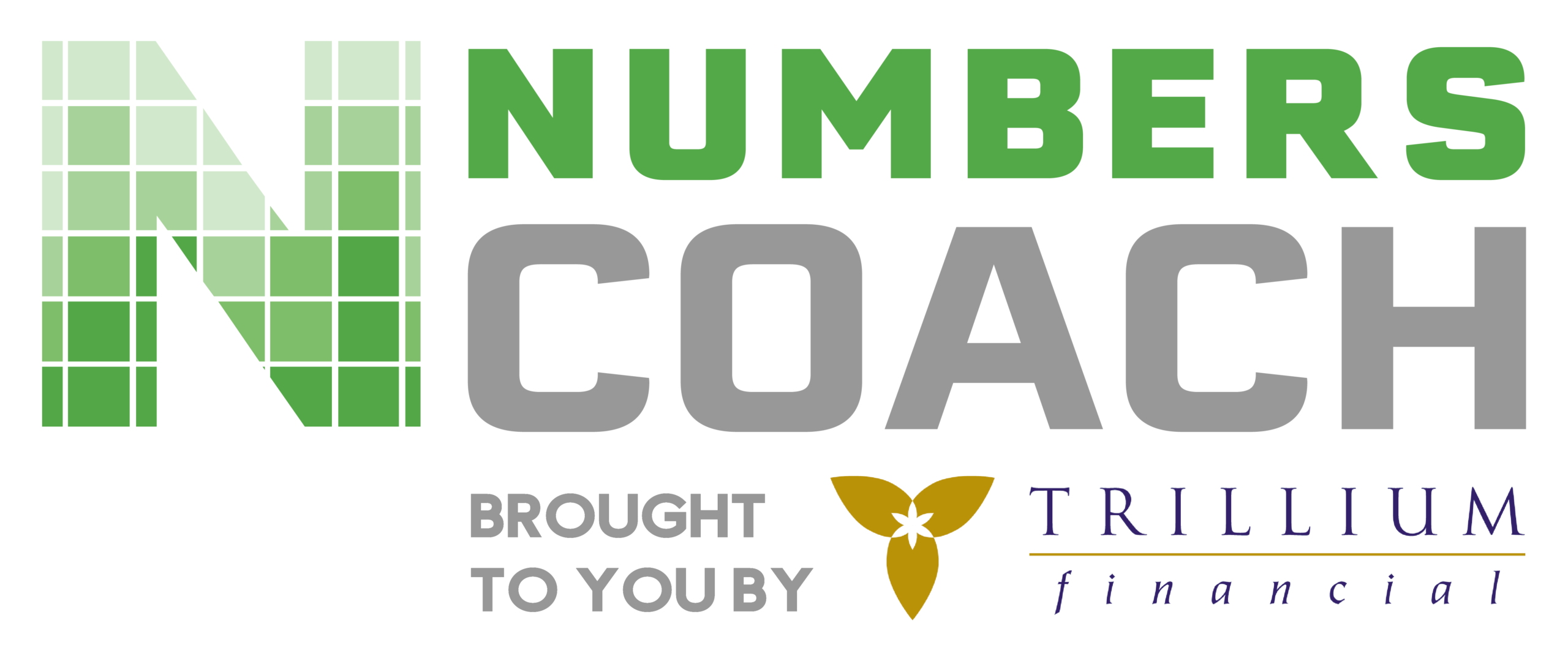
Cash flow is the lifeblood of any business, and managing it effectively is crucial for your overall success. One of the key aspects of cash flow management is forecasting cash outflows. By accurately predicting where your money will be going, you can make informed decisions, avoid financial surprises, and ensure that your business remains financially healthy.
10 Tips for Cash Outflow Forecasting
Here are 10 essential steps to help you forecast cash outflows in your business:
- Gather Historical Data: Start by examining your past financial records. Analyze your previous cash outflows to identify trends and patterns. This historical data will serve as a valuable reference point for making future forecasts.
- Categorize Expenses: Divide your expenses into fixed and variable categories. Fixed expenses, like rent or loan payments, remain consistent. Variable expenses, such as utilities or raw materials, can fluctuate based on your business activities.
- Identify Timing: Take note of when your expenses are due. Some payments may be monthly, while others could be quarterly or annually. This timing is critical for a precise cash flow forecast.
- Project Future Expenses: Use your historical data and business plans to estimate future cash outflows. Be thorough and account for all potential expenses, even those that occur irregularly.
- Prioritize Payments: Determine the priority of each payment. Essential expenses that are directly tied to your core operations, like salaries or rent, should be paid first. This ensures that your business continues to run smoothly.
- Consider Seasonal Fluctuations: If your business experiences seasonal variations, account for this in your forecast. Some months may require higher cash reserves to cover increased expenses.
- Risk Assessment: Be mindful of potential risks and uncertainties that could impact your cash flow, such as economic downturns or unexpected expenses. Having a contingency plan is essential.
- Use Technology: Leveraging accounting software and financial forecasting tools can streamline the process and enhance accuracy. These tools, such as our Cash Flow Tool Kit, can help you create detailed financial projections and scenarios.
- Regularly Update Your Forecast: Your cash flow forecast should be a dynamic document. Update it regularly with actual results.
- Monitor and Adjust: Keep a close eye on your actual cash flow compared to your forecast. If deviations occur, adjust your strategies accordingly. This ongoing monitoring helps you stay on top of your financial health.
Forecasting cash outflows is a fundamental aspect of financial management for any business. By understanding your past financial data, planning for future expenses, and adapting to changing circumstances, you can ensure that your business remains financially resilient and capable of weathering a financial storm. A well-executed cash outflow forecast is an invaluable tool that empowers you to make informed decisions and secure the financial stability of your business.
Be sure to check out our Cash Flow Tool Kit, which includes helpful templates to build your forecast.
